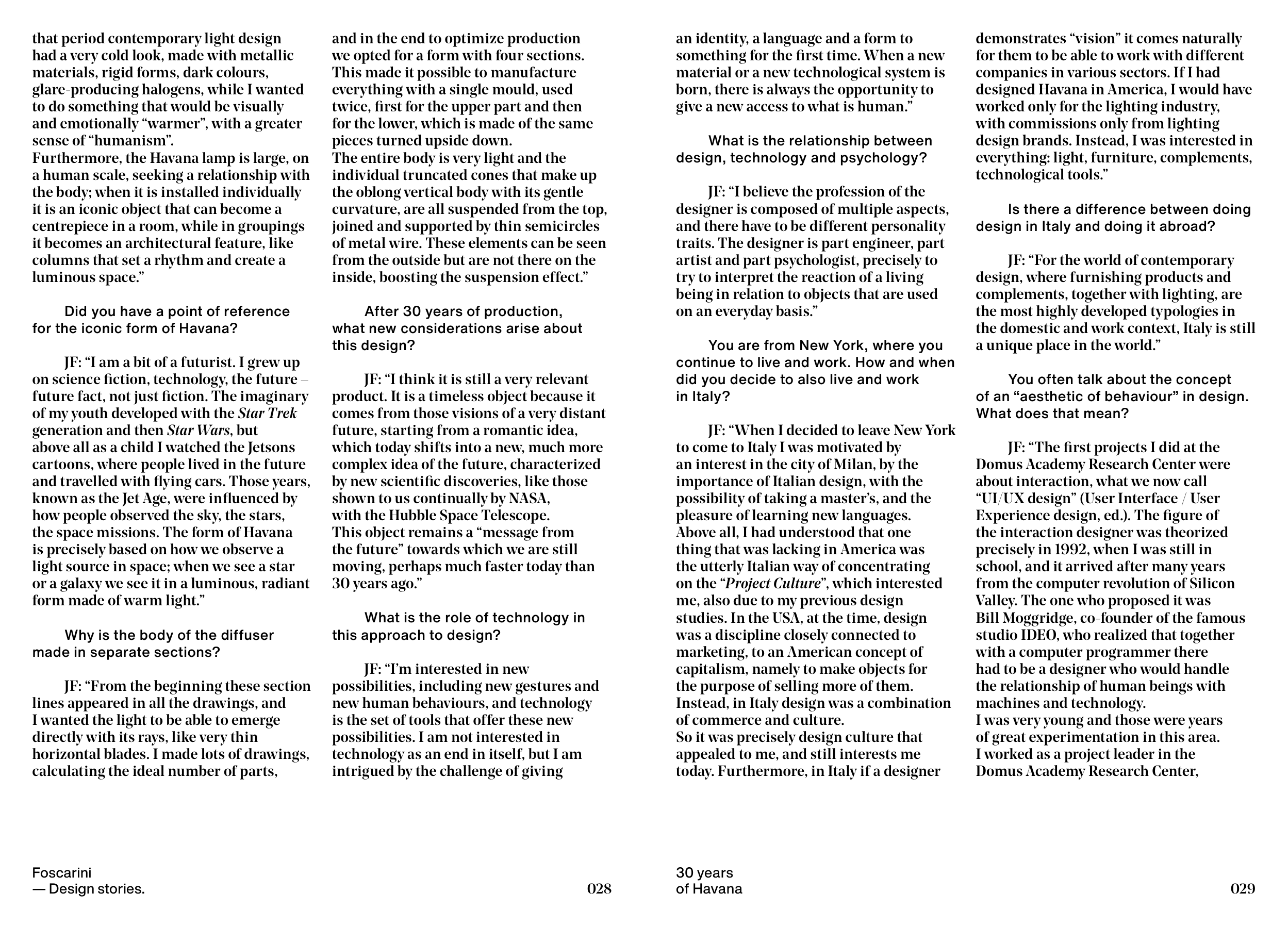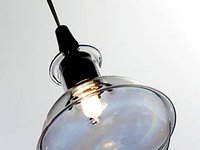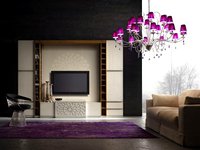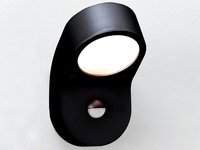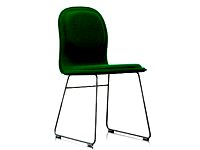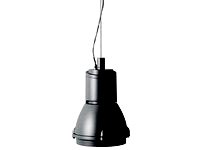028
029
30 years
of Havana
Foscarini
— Design stories.
an identity, a language and a form to
something for the first time. When a new
material or a new technological system is
born, there is always the opportunity to
give a new access to what is human.”
What is the relationship between
design, technology and psychology?
JF: “I believe the profession of the
designer is composed of multiple aspects,
and there have to be different personality
traits. The designer is part engineer, part
artist and part psychologist, precisely to
try to interpret the reaction of a living
being in relation to objects that are used
on an everyday basis.”
You are from New York, where you
continue to live and work. How and when
did you decide to also live and work
in Italy?
JF: “When I decided to leave New York
to come to Italy I was motivated by
an interest in the city of Milan, by the
importance of Italian design, with the
possibility of taking a master’s, and the
pleasure of learning new languages.
Above all, I had understood that one
thing that was lacking in America was
the utterly Italian way of concentrating
on the “Project Culture”, which interested
me, also due to my previous design
studies. In the USA, at the time, design
was a discipline closely connected to
marketing, to an American concept of
capitalism, namely to make objects for
the purpose of selling more of them.
Instead, in Italy design was a combination
of commerce and culture.
So it was precisely design culture that
appealed to me, and still interests me
today. Furthermore, in Italy if a designer
that period contemporary light design
had a very cold look, made with metallic
materials, rigid forms, dark colours,
glare-producing halogens, while I wanted
to do something that would be visually
and emotionally “warmer”, with a greater
sense of “humanism”.
Furthermore, the Havana lamp is large, on
a human scale, seeking a relationship with
the body; when it is installed individually
it is an iconic object that can become a
centrepiece in a room, while in groupings
it becomes an architectural feature, like
columns that set a rhythm and create a
luminous space.”
Did you have a point of reference
for the iconic form of Havana?
JF: “I am a bit of a futurist. I grew up
on science fiction, technology, the future –
future fact, not just fiction. The imaginary
of my youth developed with the Star Trek
generation and then Star Wars, but
above all as a child I watched the Jetsons
cartoons, where people lived in the future
and travelled with flying cars. Those years,
known as the Jet Age, were influenced by
how people observed the sky, the stars,
the space missions. The form of Havana
is precisely based on how we observe a
light source in space; when we see a star
or a galaxy we see it in a luminous, radiant
form made of warm light.”
Why is the body of the diffuser
made in separate sections?
JF: “From the beginning these section
lines appeared in all the drawings, and
I wanted the light to be able to emerge
directly with its rays, like very thin
horizontal blades. I made lots of drawings,
calculating the ideal number of parts,
demonstrates “vision” it comes naturally
for them to be able to work with different
companies in various sectors. If I had
designed Havana in America, I would have
worked only for the lighting industry,
with commissions only from lighting
design brands. Instead, I was interested in
everything: light, furniture, complements,
technological tools.”
Is there a difference between doing
design in Italy and doing it abroad?
JF: “For the world of contemporary
design, where furnishing products and
complements, together with lighting, are
the most highly developed typologies in
the domestic and work context, Italy is still
a unique place in the world.”
You often talk about the concept
of an “aesthetic of behaviour” in design.
What does that mean?
JF: “The first projects I did at the
Domus Academy Research Center were
about interaction, what we now call
“UI/UX design” (User Interface / User
Experience design, ed.). The figure of
the interaction designer was theorized
precisely in 1992, when I was still in
school, and it arrived after many years
from the computer revolution of Silicon
Valley. The one who proposed it was
Bill Moggridge, co-founder of the famous
studio IDEO, who realized that together
with a computer programmer there
had to be a designer who would handle
the relationship of human beings with
machines and technology.
I was very young and those were years
of great experimentation in this area.
I worked as a project leader in the
Domus Academy Research Center,
and in the end to optimize production
we opted for a form with four sections.
This made it possible to manufacture
everything with a single mould, used
twice, first for the upper part and then
for the lower, which is made of the same
pieces turned upside down.
The entire body is very light and the
individual truncated cones that make up
the oblong vertical body with its gentle
curvature, are all suspended from the top,
joined and supported by thin semicircles
of metal wire. These elements can be seen
from the outside but are not there on the
inside, boosting the suspension effect.”
After 30 years of production,
what new considerations arise about
this design?
JF: “I think it is still a very relevant
product. It is a timeless object because it
comes from those visions of a very distant
future, starting from a romantic idea,
which today shifts into a new, much more
complex idea of the future, characterized
by new scientific discoveries, like those
shown to us continually by NASA,
with the Hubble Space Telescope.
This object remains a “message from
the future” towards which we are still
moving, perhaps much faster today than
30 years ago.”
What is the role of technology in
this approach to design?
JF: “I’m interested in new
possibilities, including new gestures and
new human behaviours, and technology
is the set of tools that offer these new
possibilities. I am not interested in
technology as an end in itself, but I am
intrigued by the challenge of giving


